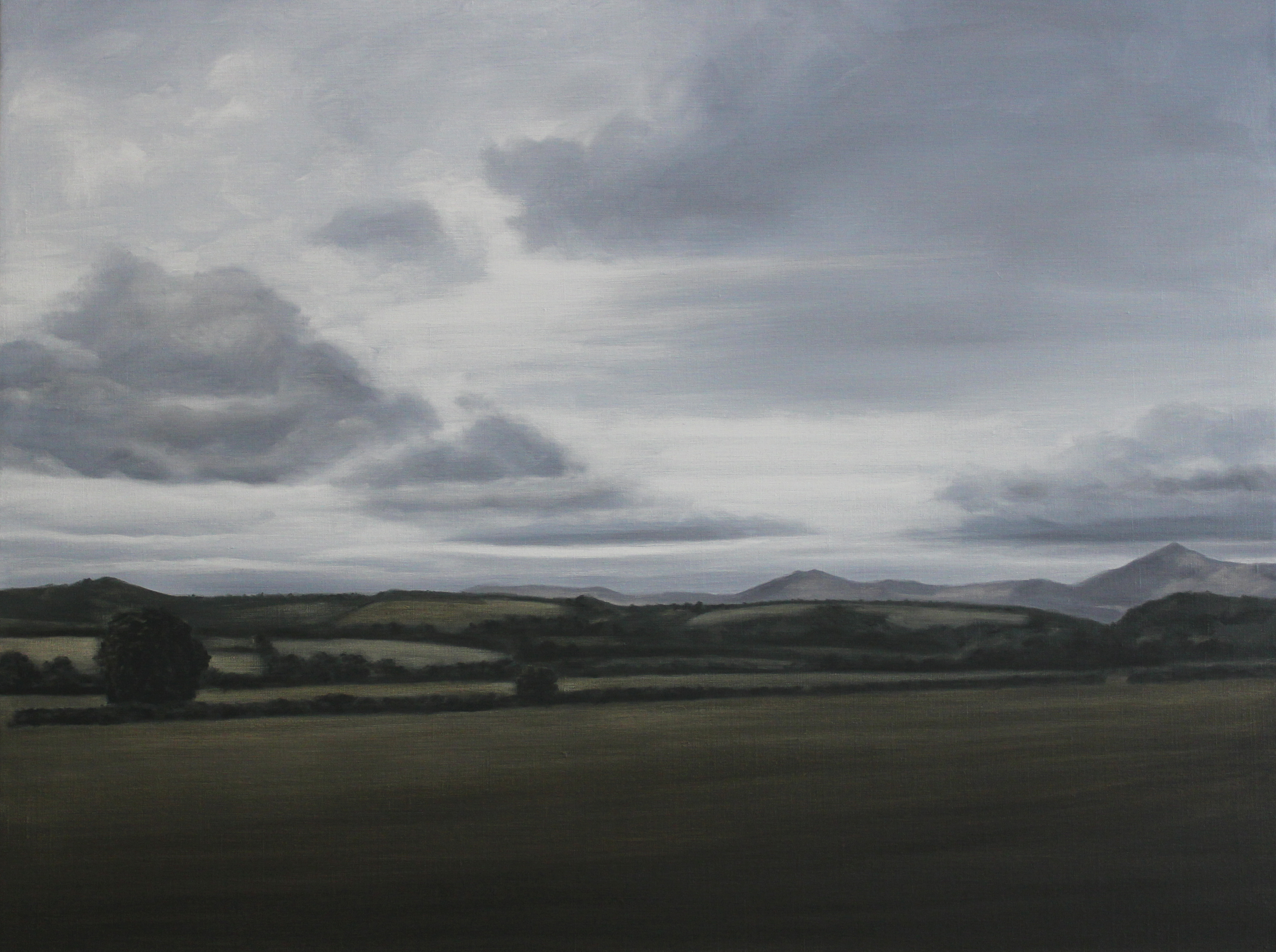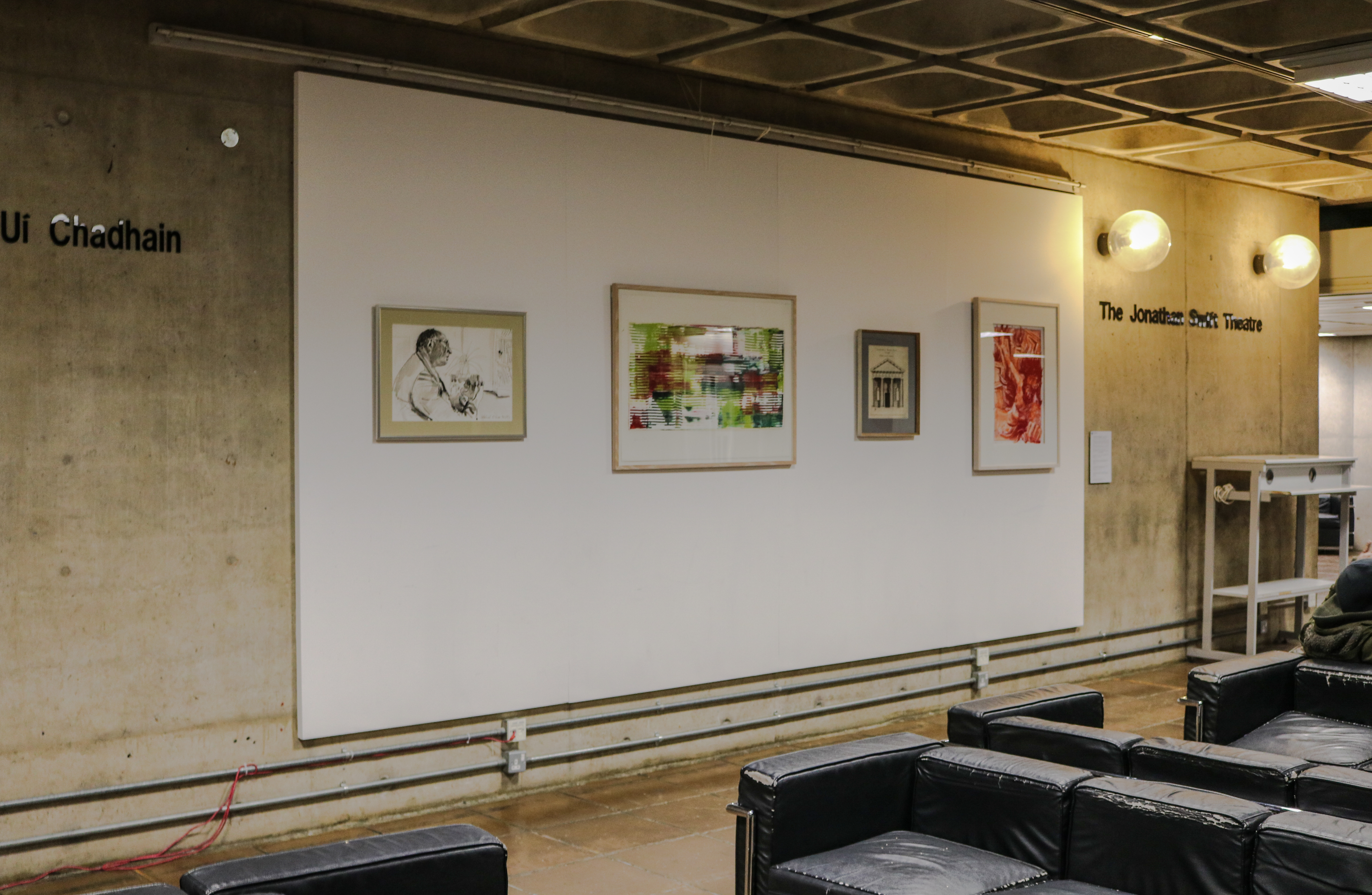Whether it’s tourists taking photos in front of Henry Moore’s “Reclining Connected Forms” and Arnaldo Pomodoro’s “Sferza con Sferza” or students scuttling past “Castellar” by Eileen Gray on the way into the Lecky Library, art is everywhere on Trinity’s campus. These works are part of the College Art Collections, allowing students, staff members and tourists alike to engage with both historic and contemporary works of art.
The current College Art Collections is a consolidation of four of Trinity’s art collections – the historic or portraiture collection, the sculpture and statues collection, the modern art collection from the 1950s and 1960s that was founded by George Dawson and the silver collection. Catherine Giltrap, the Curator of the collection, was the first person appointed to the position on a full-time basis when she took up the role in 2007. Prior to the creation of a full-time curator, the role was seen as an honorary position and was held by Dr Peter Cherry, Prof Roger Stalley, Marcella Senior, Prof Anne Crookshank, George Dawson and David Scott. The College’s art collection provides students with the unique opportunity to engage with and better appreciate the extensive collection of works, both contemporary and historic, obtained by Trinity throughout its rich history.
It’s important to have casual and informal encounters with art that normalise art as a daily element, daily routine
Speaking to The University Times, Giltrap reveals that in her interview for the position, Cherry, an assistant professor in the Department of History of Art and Architecture, asked: “Why have an art collection at a university?”. In her answer, Giltrap focused on the connections made through art, stating that: “It’s important to have casual and informal encounters with art that normalise art as a daily element, daily routine. But, I felt it was about the connections to people, because when you look through our collection, every artwork has a story, every artwork has a biography”. Here Giltrap highlights a key aspect in the importance of art on campus.
She continues: “So everything has a story and it’s all about people, and it’s all about the connections between people. Art in a university is such a rich vehicle by which people can meet, I feel, and it’s that connection.” Art plays a vital role in connecting students, staff and artists across generations and across College’s main campus and satellite campuses, with works hanging everywhere from the Berkeley, Lecky and Ussher (BLU) libraries to the School of Medicine’s offices in Tallaght Hospital. Connecting students is at the core of the collection’s purpose.
The art hire scheme, which was founded in 1959 by Dawson, is an annual highlight, allowing students and staff to hire artworks from the modern art collection to keep for the year. Every year, the collections takes on volunteers who help with the allocation, packaging and handling of the works. Last year, a record number of 120 people applied for a volunteer position, with Giltrap then inviting approximately 30 to join the team. Giltrap happily explained that the response was “one of the most satisfying moments”, as it shows the growth and potential of the collection in terms of student engagement and interest with art.
The select few have the opportunity to engage with a historic collection and gain skills in the handling of art works, getting hands-on experience with works by the likes of Pablo Picasso and Henri Matisse
Speaking to The University Times, Carolyn Kelly, who worked as a volunteer as an undergraduate history of art and architecture student before going on to serve as the curatorial and collections management assistant, said: “When I was on the committee, there were maybe 12 of us. So straightaway, you can see how much it’s grown in popularity. Even just in terms of students being actively involved, nevermind hiring artworks themselves.”
The select few have the opportunity to engage with a historic collection and gain skills in the handling of art works, getting hands-on experience with works by the likes of Pablo Picasso and Henri Matisse and Irish artists like Patrick Scott and Nano Reid. Speaking to The University Times, Meabh Noonan, a history of art and architecture student who worked with the collections as a volunteer, before going on to be hired as art collections assistant, explains: “I didn’t have any experience handling art at all, and it’s really all practical, and it’s all different parts of it you don’t really think about when you’re studying history of art, in terms of organization [and] conservation”. Volunteering provides opportunities to gain experience in art handling, a useful tool for history of art and architecture students and something Giltrap hopes to expand on a more formal level through the introduction of new modules into the College curriculum in the future.
The money received from the art hire scheme, a €20 deposit combined with €20 fee for students and a €30 fee for staff, goes into a fund that is used to acquire more works. In 2013, Richard Mosse, an Irish-born, US-based artist, was selected to represent Ireland at the Venice Bienalle. Some of his work has now made its way into Trinity’s art collection. “The Ireland at Venice project needed some funding as support, so they had invited people to acquire these special limited edition prints, there were 30 of them, and so I went … and so that’s how we bought that piece to support Ireland in Venice, so [there are] a lot of different connections that way”, Giltrap explains. Kelly further highlights the importance of making these connections: “What an amazing thing for the students to be involved in. And it’s just that idea, that really kind of community-based collaboration.” This year, like previous years, will see the collected funds used to purchase further works for the art hire scheme, continuing the tradition and affirming Giltrap’s vision of creating cross-generational bonds through art.

Students are at the fore of the collections, and campus provides the perfect exhibition space for students to engage with these works. Since 2013, the Arts Block has had several different exhibitions on display. Currently, the exhibition on display is Creativity is contagious, Pass It On, celebrating donations made to the college’s collection over the years. The details of how the individual works were acquired are explained alongside. Giltrap says that one piece currently on display, “The Red Ribbon II” by John Shinnors, was donated by Ciaran Nicholson, who, in addition to working in the library for several decades, was also a student volunteer for the collections in the 1960s. Through the inclusion of this generous donation, Giltrap hoped to remind us “of the passion people have when they’re a student here, but also that there are really meaningful ways to give back and pass that baton on”.
Giltrap mentions how she wants to put up works based on displays from students themselves, again highlighting a primary focus of the collections: the students. This was the foundation for the “Curate Your Campus” scheme, allowing students to decide what art goes where on campus, creating additional means of engagement with the art around campus and giving students a sense of ownership over the collection’s curation. The idea of ownership is highlighted by Kelly when discussing her favourite work: Moore’s “Reclining Connected Forms”, explaining a sense of ownership she feels about the work, even expressing that she feels like it’s “[her] sculpture”. The ownership over art is echoed in the art hire scheme, as students and staff keep the art for the year, fostering individual relationships with specific works.
The ownership over art is echoed in the art hire scheme, as students and staff keep the art for the year, fostering individual relationships with specific works
In terms of the future of the collections, the need for a centralized space becomes apparent. “I think it’s important to have a space where people can come and interact and chat, and to look at files or archives or specific artworks we might bring for teaching”, Giltrap says, “to create a central space where people can come to do that, where volunteers can come and meet. It could just be a room”. Noonan explains: “Ideally, it would be great if we had an exhibition space, specifically – but then the whole campus is an exhibition space.” Recognizing the potential that campus has to display art becomes immediately evident when walking through college. The collection has room to grow, and it’s growing every year. It is, however, lacking the space it needs to reach its full potential.
Trinity is currently developing a number of commercialisation projects to raise much-needed funds and Kelly highlights the potential of the collections to be used in this regard, explaining: “I would really hope that they realise what an asset they have, and that they use it”, she continues, “there’s constantly something happening, and it gets bigger and bigger and bigger and bigger. And it’s brilliant, it really, really is. It’s unique in Trinity, there’s nothing else like it.”
Touring exhibitions are an important way of celebrating the collections as well as creating opportunities for reaching out to the the public. A current project for the collection is the final leg of The Swing of the Sixties: Trinity’s College Gallery, a retrospective exhibition investigating life through art at Trinity in the 1960s, which is opening in the Lexicon Gallery in Dun Laoghaire this week. The exhibition was curated by Richard Wood, a former student and gallery volunteer, who, according to Giltrap, went onto create his own art collection after being inspired by working with the college collection in the 1960s while still studying in College. In keeping with the retrospective theme, the College Art Collections will also host a talk with Irish artist, Robert Ballagh, about the influence of 1960s pop culture on his career on Wednesday, November 30th, in the Synge Theatre.
The College Art Collections encourages a sense of connectivity and engagement with art, whether by choice or by merely being surrounded with these works, the art on campus is unavoidable. Giltrap concludes: “I hope sometimes, if students are a bit stressed or just even if they’re not stressed, just sitting waiting for a friend, they might look at one of the artworks, it might take them out of their normal day.”







